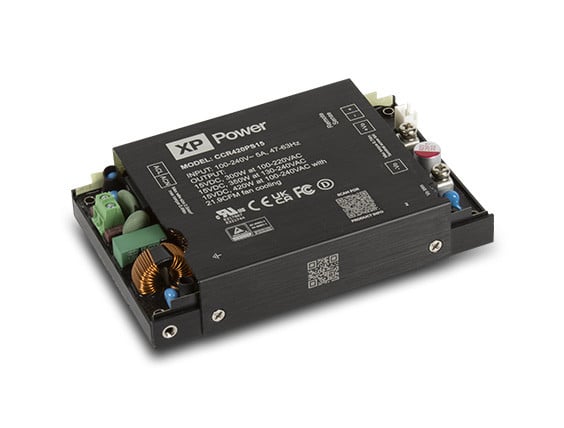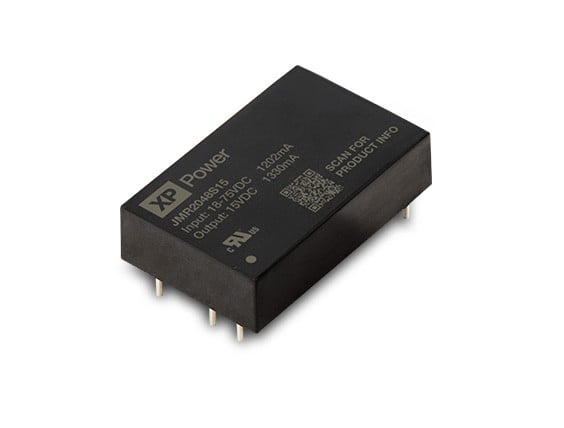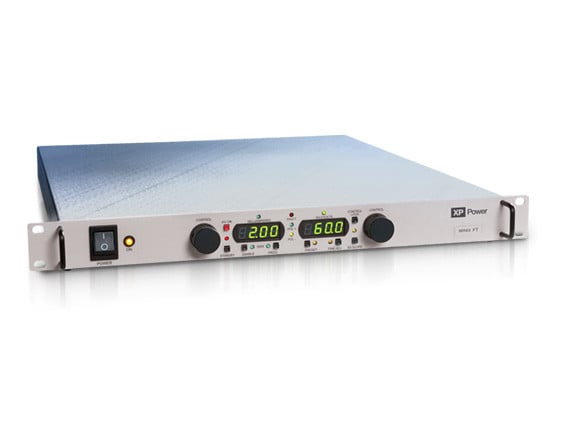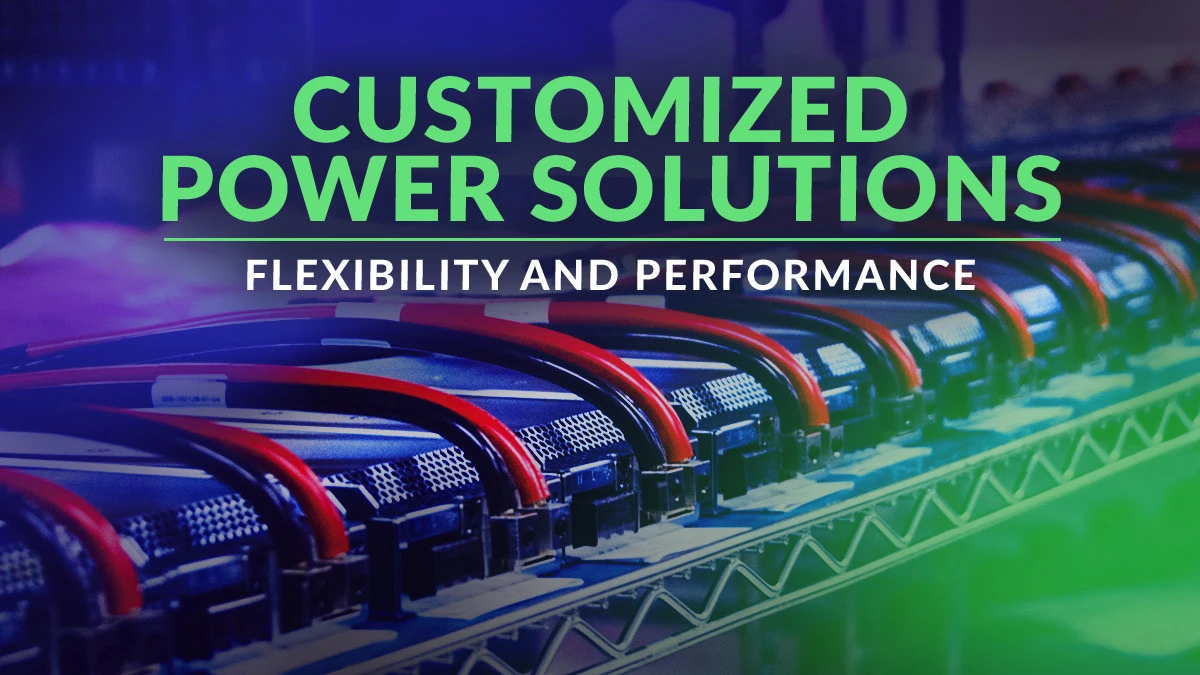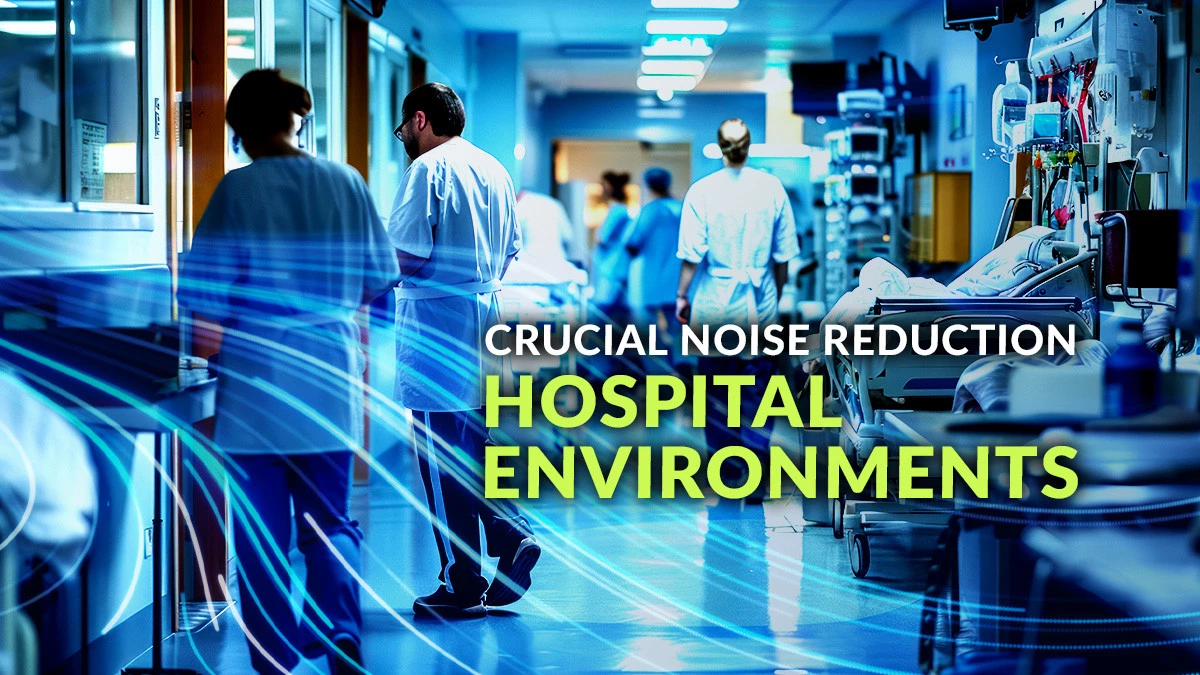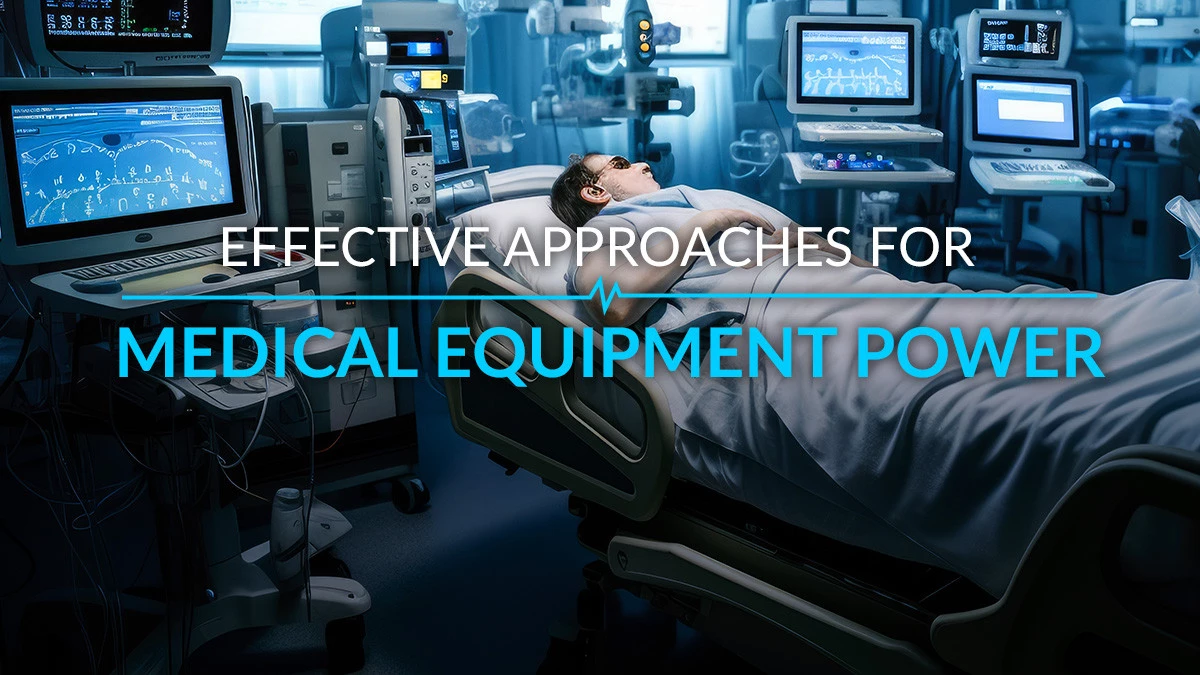
Power supply applications for patient connected medical equipment demand specialist products with high calibre design and performance. We compare effective approaches for safe and reliable systems.
Overview
- Patient connected applications place additional demands on medically approved power supplies and DC-DC converters.
- Lower power and higher power patient connected systems require different solutions.
- For compliance, standard medically approved power supplies & DC-DC converters may be deployed individually or combined in a two-stage system.
In medical equipment for patient connected applications, the ‘applied parts’ are those which come into direct contact with the patient, in order to perform its function.
Applied parts are classified according to the type of patient contact and the type or nature of the medical device in the 60601-1 suite of standards. This standard has been adopted in the major countries and regions of the world. Each classification requires different levels of protection against electric shock.
Applied parts classifications
Type B (Body): Is the least stringent classification, given to applied parts with are generally not conductive and may be connected to Earth.
Type BF (Body Floating): Classifies applied parts which are electrically connected to the patient and must be floating and separated from Earth. It does not include applied parts which are in direct contact with the heart.
Type CF (Cardiac Floating): This is the most stringent classification, given to applied parts suitable for direct cardiac and intravenous connection.
All these parts must be floating and separated from Earth. For type BF and CF medical devices, power systems are designed to provide extra isolation from the secondary output to Earth, as shown below.

Leakage Currents
As another safeguard, patient connected equipment power systems must limit the touch current, patient auxiliary current and patient leakage current. The maximum allowable values for the touch current are 100μA in normal conditions and 500μA in a Single Fault Condition (SFC). This effectively limits the system earth leakage current to 500μA in normal operation.
The maximum allowable patient auxiliary current and patient leakage currents are shown below.

When standard medically approved power supplies are insufficient
For BF & CF patient connected equipment, a key challenge is making sure that under normal operation, the system minimises leakage currents in electrical connections. It must also protect under fault conditions by isolating the patient from ground. The power system is the critical factor in meeting these important requirements.
Many medically approved standard power supplies are not suitable for direct connection to the patient, because they do not satisfy these requirements.
Even if they offer the required 2 x MOPP from input to output and 1 x MOPP from input to ground, they may employ operational isolation from output to ground, often rated around 500VAC/VDC. BF & CF patient connected applications require a minimum of basic isolation at mains voltage, with a test voltage of 1500VAC and compliance with creepage and clearance distances. In standard medically approved power supplies, the isolation capacitance from input to output is too high, which can allow excessive leakage current from output to ground.
Augmenting standard power supplies in low power systems
An alternative, low cost, approach for lower power systems is to create a second isolation stage. A medically approved DC-DC converter can provide basic isolation at mains voltage and minimal input to output capacitance (20 - 50pF). This reduces the potential patient leakage current to single-digit μA. This solution also covers system input and output signals, which may be connected to uncontrolled external equipment such as a computer or monitor.
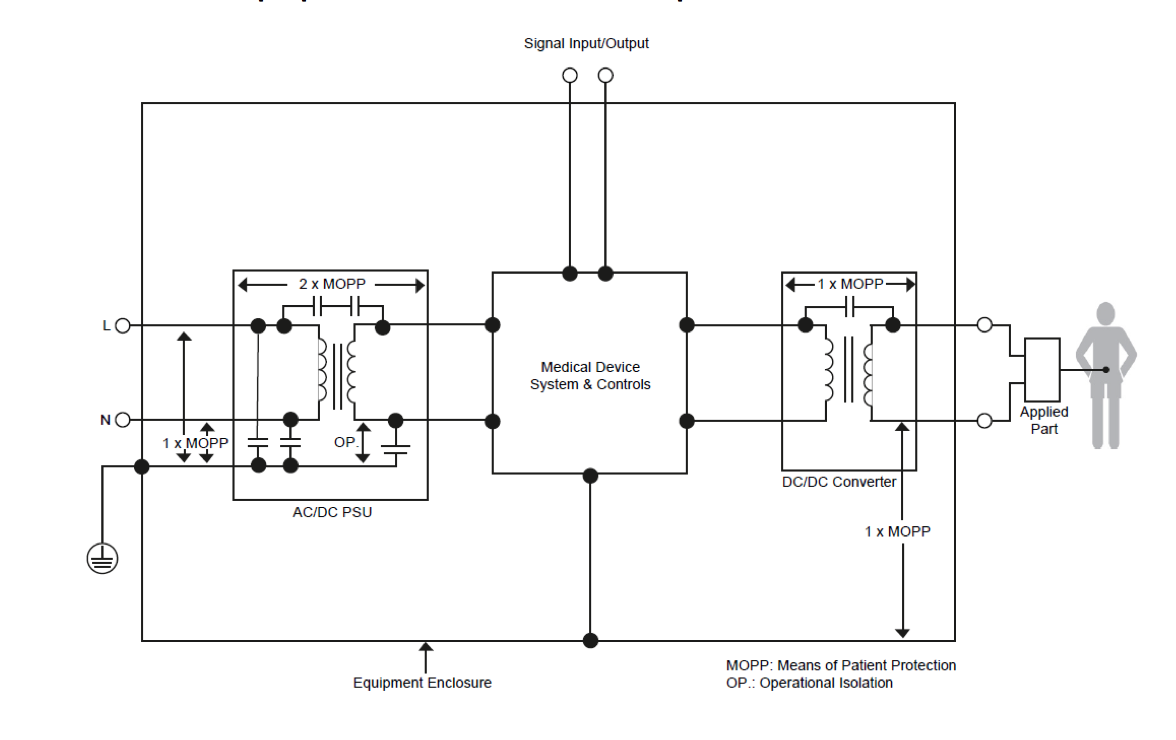
Figure 1: Medical power system with a secondary DC-DC Isolation
DC-DC converters from 1W up to 30W with the required input to output isolation and very low internal capacitance are made specifically for these applications and are competitively priced. Used in conjunction with a standard medically approved mains input power supply, they can reduce patient leakage current to levels as low as 2 μA. This makes them suitable for use in both BF & CF applications.
If the supply to the DC-DC converter is from a regulated AC-DC power supply, a fixed input, semi-regulated device can be deployed. This makes for a very cost-effective solution.
Wide range input DC-DC products offer a tightly controlled output over a wide DC input and output load range. They deliver up to 2 x MOPP isolation and equally low internal capacitance. These are available for both DC input and battery-powered portable devices.
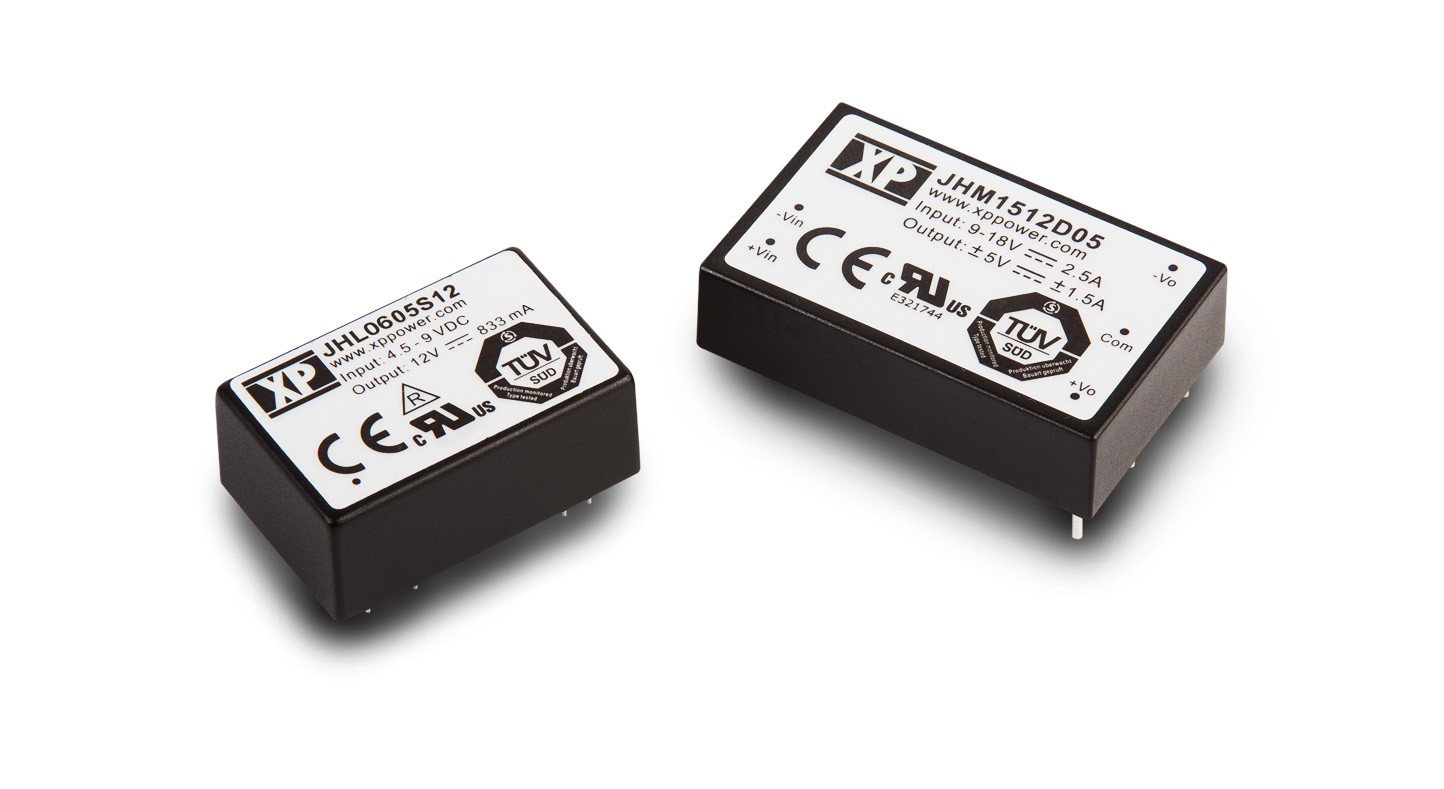
Figure 2: XP Power's JHL and JHM Series
Power supply solutions for higher power applications
Higher power systems such as surgical equipment or motor-driven applications demand a different approach. Using an additional isolation stage isn’t generally viable, because it’s hard to find suitably isolated DC-DC devices with high power ratings. Moreover, dual conversion of the power is inefficient.
In higher power patient connected applications, you need a single power supply designed with all the necessary isolation, spacing and patient leakage. These applications are typically rated BF rather than CF, so the patient leakage current requirement is less stringent (100μA rather than 10μA.)
There are standard products available which allow patient contact in BF rated applications. XP Power's 550W, BF rated, CCP550 series is a good example. It is a low-profile device in a compact 3" x 5" package which meets isolation and leakage current requirements. It has the added benefit of conduction-cooled operation, ideal for fanless, noise-sensitive applications such as medical imaging, ventilators, surgical tools, arthroscopy pumps and ablation devices.
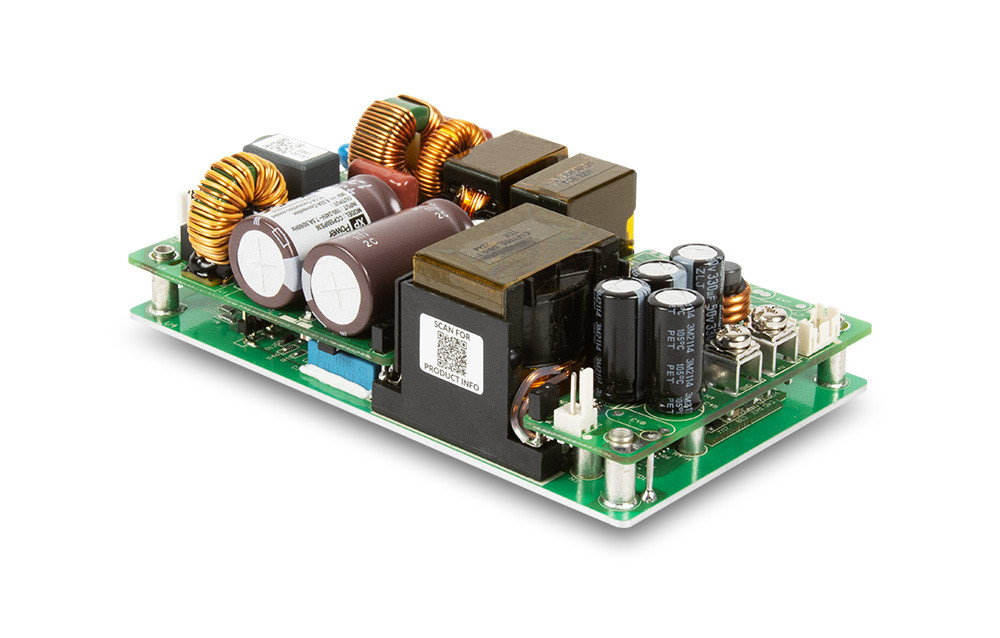
Figure 3: XP Power's CCP550 complies with BF-type medical requirements
Overcoming power supply design challenges in these demanding applications
This combination of high isolation and low leakage currents presents design challenges in an AC-DC supply. There’s a greatly increased internal spacing requirement on the secondary side and the requirement for both low emissions and low leakage current are in conflict. The challenge is to create a low noise topology, minimising differential and common mode noise throughout the product. At the same time, designers must minimise the line frequency ripple in primary circuits to reduce patient leakage current created by the input to output capacitance.
Summary
The recommended solution differs for lower power and higher power patient connected systems. Use standard, approved, suitably rated, medically approved power supplies & DC-DC converters singly or in combination. Products with proven EMC performance from a medical power supply specialist like XP Power will deliver the best value, lowest risk and fastest time to market.
